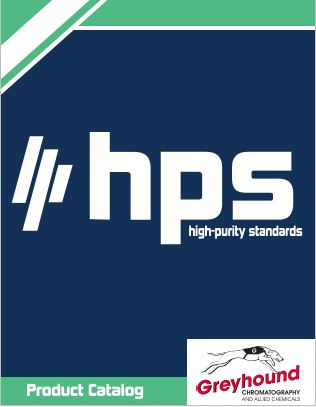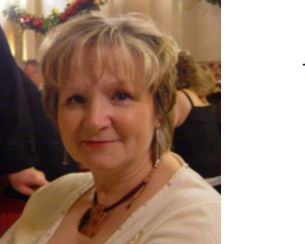Quinmerac is an effective selective herbicide
Quinmerac is a synthetic herbicide from the quinoline group that has been around since the early 1990s. Used mainly on cereals and beets, it is widely applied to crops throughout Europe in pesticide mixtures.
Chemically referred to as 7-chloro-3-methylquinoline-8-carboxylic acid and written as C11H8ClNO2, quinmerac is typically mixed with metazachlor or another active ingredient to boost its herbicidal properties. Although the addition of metazachlor has raised concerns of its selectiveness in some instances, quinmerac with metazachlor is particularly effective against rapeseed, which is a growing commodity. The pesticide is commercially known as Novall or Katamaran.
Rapeseed oil - sometimes referred to as canola oil - is a steadily growing commodity. According to Soytech, rapeseed production in Europe alone has increased by more than 13 times between the 1950s and the mid-2000s. It has become one of the most popular vegetable oils and is eaten regularly as a vegetable in China.
When quinmerac is mixed with chloridazon, it has been used with sugar beets, sold as Rebell in some places. Recently, China approved the registration of a 96 percent quinmerac pesticide from the company Henan Yingtai Agrochemical, AgroNews reported.
How does quinmerac work?
Quinmerac is absorbed through the roots rather than the leaves, working to limit growth and eliminate weeds. It works best when wet and can be applied to the soil surrounding crops. Standards testing while using quinmerac can be critical to ensure a correct concentration, purity or mixture of substances.
In a European Food Safety Authority study of quinmerac, the researchers found that residues found on plants were low and that mammalian toxicity was not of significant concern. It did not impact reproduction, irritate skin or have carcinogenic effects on the animals tested. There were lower red blood cell counts in dogs however, but the herbicide was generally not rated as dangerous.
Quinmerac was also found to have no significant impact on birds, bees or other land animals when used properly. However, the EFSA did warn against its danger to water creatures.
"Based on the data available quinmerac was considered to be harmful to aquatic organisms, whereas the formulation (including metazachlor) was found to be very acutely toxic to aquatic organisms. The metabolites BH 518-2 and BH 518-5 were found to be of similar or less toxicity than the parent substance," the EFSA wrote.
The aquatic dangers underscore the importance of safe usage when applying this herbicide. If a spill of does occur, Farm Chemicals International magazine recommended that chemists or farmers dam off the area, pump it into safe containers and follow proper disposal instructions.
CONTACT US
Tel: +44 (0) 151 649 4000
Email: marketing@greyhoundchrom.com
FOLLOW US
YOU MAY ALSO BE INTERESTED IN OUR NEWSLETTER
About the Author
Susan Massie, Sales & Marketing Director, Greyhound Chromatography and Allied Chemicals Email: sue@greyhoundchrom.com
Susan Massie is the Sales & Marketing Director for Greyhound Chromatography and Allied Chemicals, affectionately known as 'Greyhound' in our scientific community. Greyhound was founded by Susan's husband Paul Massie more than 40 years ago, Susan hasn't been in the business for all of that time but has been involved with Greyhound for over 17 years. Greyhound continues to grow, expanding into new markets and taking on the challenges of our ever changing environment. It's heartwarming to witness the world waking up to the fact that we are damaging our planet on a daily basis. Every action we take has a direct effect on our planet and the world we leave behind for future generations. Susan is passionate about climate change and is happy to work in an industry that can have a direct effect on reducing the impact of our actions on the environment. All of the team at Greyhound take our responsibilities very seriously, the products that we supply are used by the world's leading scientists and chemists as they endeavour to monitor and repair the environment. All is not lost, if we all take responsibility for our actions, from reducing our waste and reusing or recycling our material collateral we can make a difference. The internet is full of useful advice and guidance, Susan is proud to contribute to that wealth of knowledge whenever she can.
Greyhound prides itself on personal service which provides prompt, efficient, cost-effective, safe delivery of all products. Greyhound provides technical advice and distribution of Certified Reference Standards and Materials, Laboratory Consumables, Solvents and Reagents across all scientific disciplines. Greyhound Chromatography offers over 1 Million products from its UK warehouse. The team at Greyhound are proud to support the work of the world's leading scientists and chemists as they challenge the abuse of our planet and try to make a difference to the world we leave behind for our ancestors.
You can view Susan's Linked In Profile here https://www.linkedin.com/in/susan-massie-79ab4121/


















